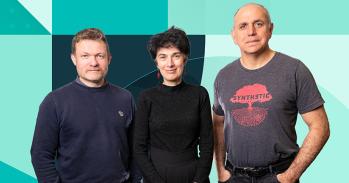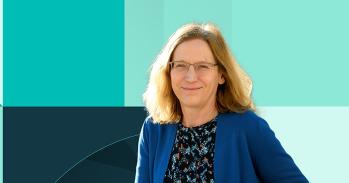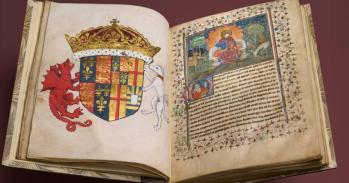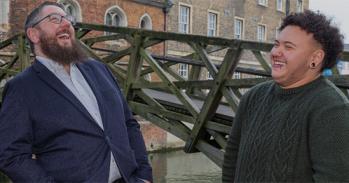
Dr Cecilia Brassett is the University Clinical Anatomist and a Fellow of Magdalene College. Here, she tells us about teaching anatomy, which has been taking place at Cambridge for more than 300 years.
Dr Cecilia Brassett is the University Clinical Anatomist and a Fellow of Magdalene College. Here, she tells us about teaching anatomy, which has been taking place at Cambridge for more than 300 years.
Cambridge is one of a small number of medical schools where anatomy is taught via hands-on cadaveric dissection. As the University Clinical Anatomist, I am responsible for organising the anatomy teaching programme. This involves running the Human Dissection Room and the body donation programme. My goal is to ensure optimal use of our generous donors in both teaching and research, with a view to improving patient safety and helping students to develop into scholars, scientists and professionals.
After completing my medical training and working in general surgery, I studied field linguistics and worked among an ethnic minority group in China for a few years. I read medicine at Downing College as an undergraduate and later qualified as a general surgeon. During my surgical training, I also worked as an anatomy demonstrator in the Dissection Room in what was then the Department of Anatomy.
Dissection has been taking place in some of the Colleges since 1565. Our Anatomy School celebrated its 300th anniversary in 2016, and, following a successful bid for funding, we have installed state-of-the-art touchscreens and 3D imaging facilities in the Dissection Room, providing our students with a variety of different ways of learning. Our Human Anatomy Teaching Group has a close relationship with clinicians from Addenbrooke's Hospital, and this has been key to the continuing success of our junior anatomy demonstrating programme, as well as providing fertile ground for relevant anatomical research.
I am responsible for ensuring that there is a good demonstrator-to-student ratio and that the teaching resources for both lectures and practical sessions are up to date and clinically relevant. My role also involves meeting with clinicians to discuss future research projects on topographical anatomy; and there are always papers and dissertations to review at various times of the year. I spend time discussing potential research topics with our demonstrators and encourage them to give conference presentations on their research. As a Councillor of both the Anatomical Society and British Association of Clinical Anatomists, and an external examiner for two other universities, I attend a number of regular meetings outside of Cambridge. I also supervise a number of Part II projects, collaborating with clinicians at Addenbrooke's and other hospitals.
A key moment for me was reviving Part II projects in topographical anatomy for third-year medical students. This was one of my goals when I was appointed, and it has been very fulfilling to see how much students have enjoyed the projects, how they have learned research methods and been excited by novel discoveries, and especially to see how their work may have a significant impact on future clinical practice.
In 2017, The Secret Language of Anatomy was officially launched. This is an illustrated guide to the etymology of anatomical terms that I co-authored with two very able colleagues, a medical artist and a historian. This was an idea I have had for several years and it was very satisfying to see its fruition.
Scientific discovery in any field is immensely exciting. Never stop asking questions, and pursue higher degrees, especially those courses with a significant research component, to enable you to develop the ability to think and solve problems independently. Most of all, be humble and know that there is always something you can learn from everyone around you.

The text in this work is licensed under a Creative Commons Attribution 4.0 International License. Images, including our videos, are Copyright ©University of Cambridge and licensors/contributors as identified. All rights reserved. We make our image and video content available in a number of ways – as here, on our main website under its Terms and conditions, and on a range of channels including social media that permit your use and sharing of our content under their respective Terms.




